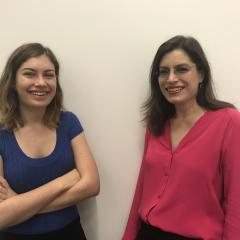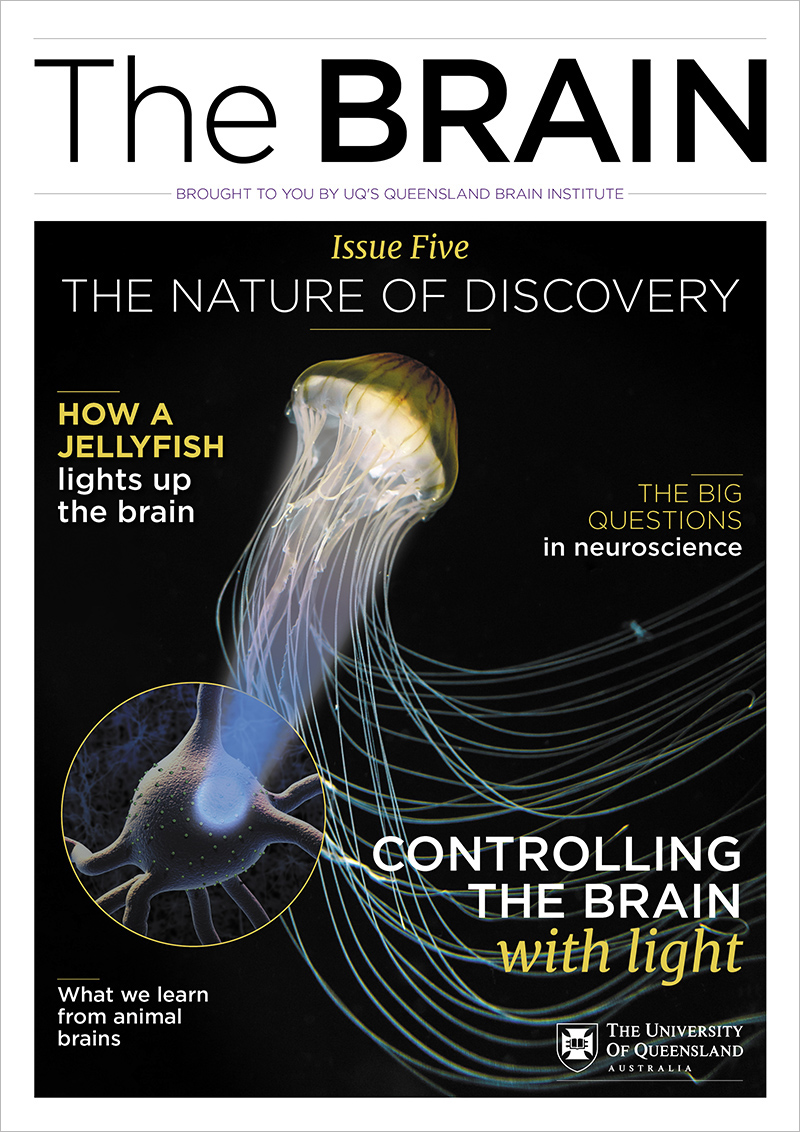Podcast: Hijacking the brain's intrinsic recovery mechanisms to improve stroke therapies
Stroke is one of Australia's biggest killers, with more than 445,000 Australians living with its impacts. Stroke is common, is not always preventable, and can happen to anyone at any age. QBI's Dr Matilde Balbi and her team combine multiple approaches, including in vivo imaging, brain stimulation and AI-driven, individually tailored recovery paradigms, to study the brain’s recovery from stroke. Their goal is to identify and harness intrinsic neuroprotective mechanisms to improve stroke treatments.
In this engaging conversation, Matilde explores:
- What happens in the brain after stroke
- How her team records and tracks neuronal activity
- Why using animal models is a huge advantage
- How stroke therapies are evolving with technology
- Why she focuses her attention on the acute phase of stroke
Related papers and resources
Driving Oscillatory Dynamics: Neuromodulation for Recovery After Stroke
Location Matters: Navigating Regional Heterogeneity of the Neurovascular Unit



